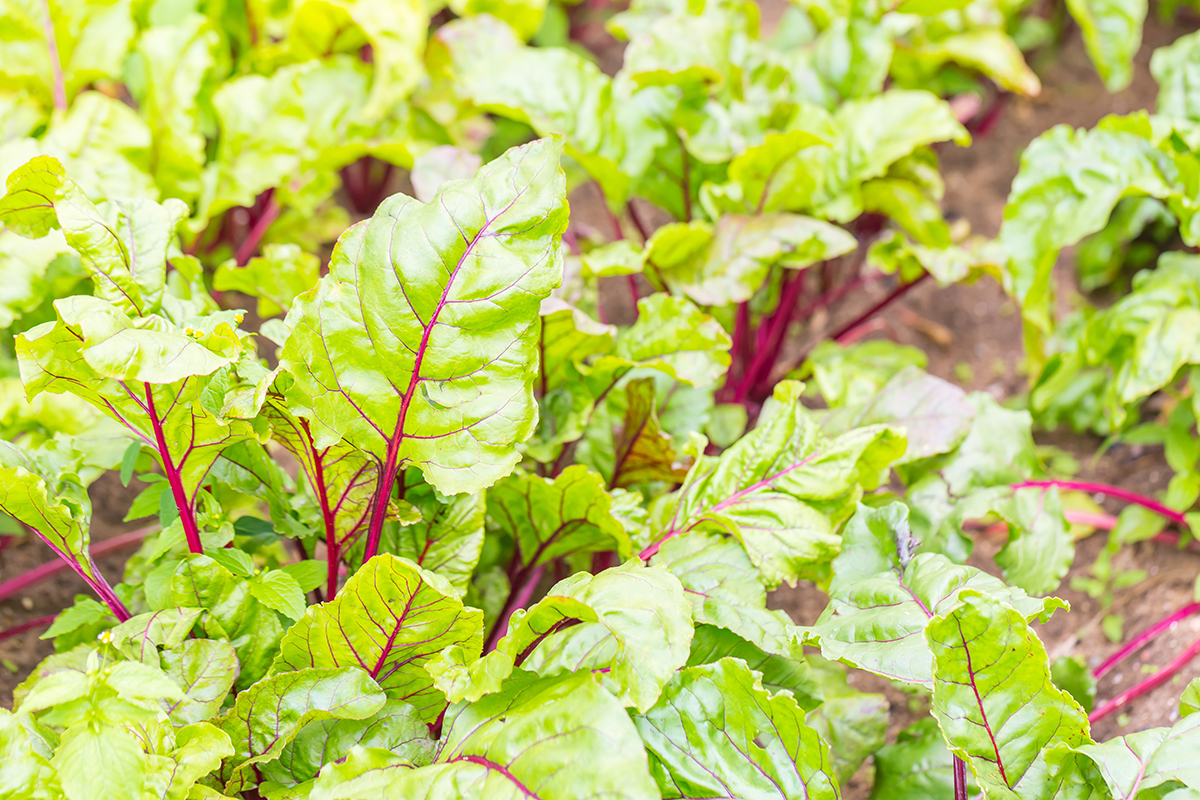Swiss Chard: A Vegetable You Need In Your Garden!
You’ve probably heard a lot about kale lately (and if not, you can read more about it here), but did you know that Swiss chard is another nutritional powerhouse that you can easily grow in your garden?
Swiss chard is packed with nutrients and minerals, like magnesium, iron and potassium, as well as calcium and zinc. It also has many vitamins, including K, A, C, and E.
Some studies suggest it can help regulate your blood sugar levels, prevent certain types of cancer, boost your immune system and improve digestion.

Preparing Your Swiss Chard
Swiss chard is incredibly easy to prepare. You can eat it raw in a salad, but some people get turned off by its bitter flavour. Fortunately, that goes away when you cook it. You can add it to soups and stews, blend it with your favourite smoothies, or sauté it with a little olive oil, finely chopped garlic and thinly sliced onion.
As with all vegetables, there’s nothing quite like picking it fresh from your own garden. You can plant it as early as about two weeks before the last spring frost, and as late as about five weeks before the first frost.
Plant Your Chard in Beautiful Soil
Plant your seeds 1/2 to 3/4 inches deep in the soil, in wide rows, and about 18 inches apart. They like to have a bit of breathing room. You want to make sure you use the best quality soil, that is rich in nutrients but also drains well. We recommend you use BigYellowBag Black Garden Soil. It’s a mixture of black loam, peat loam, compost and manure. Loam is a soil type comprised of sand, silt and clay in just the right ratios to allow for perfect drainage while also maintaining moisture. Our soil is also packed with essential nutrients and organic matter that Swiss Chard, like all other plants, requires to thrive!

Water your Swiss chard regularly, especially when the weather is particularly dry. Also, make sure you cut the plants back when they get to be about a foot tall. If they become overgrown, they lose their flavour.
You can start to harvest your Swiss chard once it gets to be 6 to 8 inches tall. Cut off the outer leaves about 1.5 inches above the ground with a sharp knife. If you’re careful, new leaves will sprout and you’ll be able to get another harvest. It is a very hearty plant and can be harvested well into the winter months depending on your climate zone!

